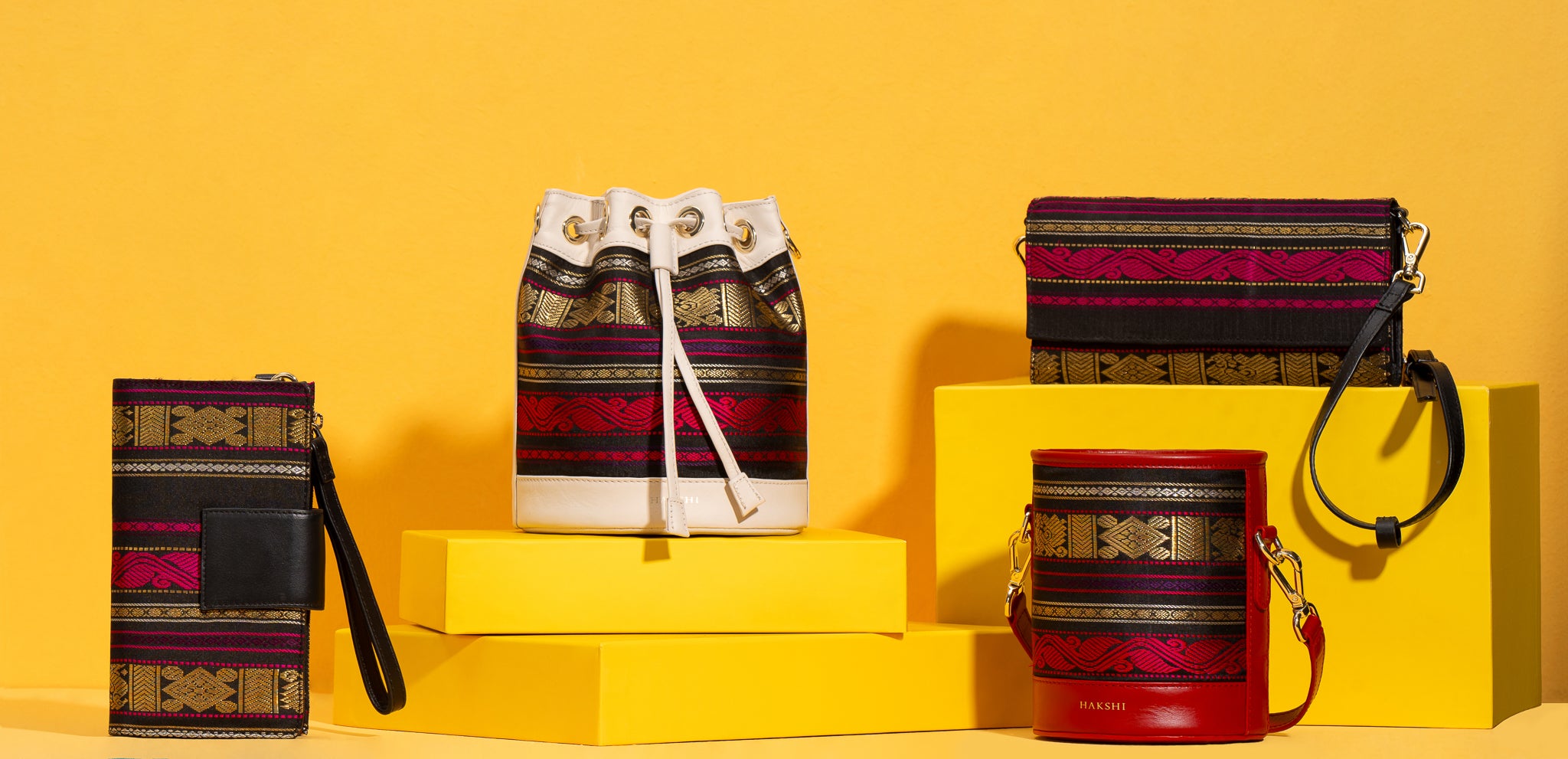Kanjeevaram Silk Sarees vs Banarasi Sarees: Key Differences & How to Choose
Introduction
India’s saree heritage is vast, but two names always stand apart for their grandeur – Kanjeevaram Silk Sarees from Tamil Nadu and Banarasi Silk Sarees from Uttar Pradesh. Both are celebrated for their craftsmanship, cultural value, and timeless beauty. While one is rooted in the temple town of Kanchipuram, the other flourished under Mughal influence in Banaras.
If you are torn between the two, this guide will help you understand their differences in terms of weaving, motifs, texture, cultural significance, and price, so you can choose the one that fits your occasion perfectly.
1. Origin and Heritage
Kanjeevaram Silk Sarees (Pattu Sarees):
Woven in Kanchipuram, Tamil Nadu, for over 400 years, these sarees are often called the “Queen of Silks.” The weaving tradition is deeply tied to temples and South Indian culture. Explore authentic Pure Kanchipuram Silk Sarees that carry this rich heritage.
Banarasi Silk Sarees:
Originating from Varanasi, Uttar Pradesh, they flourished during the Mughal era, featuring Persian-inspired designs and intricate zari brocades.
2. Fabric and Weaving Style
Kanjeevaram Silk Saree:
Made with heavy mulberry silk, using the korvai technique where the body and border are woven separately and then interlocked. This makes the saree durable, long-lasting, and ideal as a bridal silk saree. Browse our exclusive bridal Kanchipuram silk sarees for weddings.
Banarasi Silk Saree:
Crafted with lightweight silk fabric and fine brocade weaving. The designs are woven with gold or silver zari threads, giving the saree a delicate, regal look that makes it one of the most loved handloom sarees in India.
3. Designs and Motifs
Kanjeevaram Silks:
Designs are inspired by South Indian temples, mythological tales, peacocks, elephants, checks, and temple borders. Explore our designer Kanjeevaram sarees with temple-inspired borders and motifs.
Banarasi Sarees:
Influenced by Mughal art, motifs include florals, jaal (net patterns), paisleys, and intricate foliate patterns.
4. Texture and Weight
Kanchipuram Silk Sarees:
Thicker, heavier, and durable best for weddings and traditional functions where grandeur matters. Find heavy bridal styles in our Kanchipuram wedding saree collection.
Banarasi Sarees:
Soft, lightweight, and fluid, making them easier to drape and style for long hours, especially during festive and royal occasions.
5. Price and Value
Pure Kanchipuram Silk Sarees (Bridal Pattu Sarees):
Prices start from ₹10,000 and can go up to several lakhs depending on zari purity and weaving intricacy. Explore affordable to premium options in our Pure Kanchipuram silk saree collection.
Banarasi Silk Sarees:
A wider range, starting from ₹8,000 upwards. Authentic handwoven Banarasi sarees with real zari are priced much higher, making them premium traditional silk sarees.
6. Cultural Importance
Kanjeevaram Saree Silk:
A must-have for South Indian brides. It represents tradition, wealth, and auspiciousness, making it the first choice for bridal sarees in Tamil Nadu and beyond. Shop bridal pattu sarees online at Clio Silks.
Banarasi Saree:
North Indian brides often choose Banarasi for its royal look, representing Mughal-inspired elegance and luxury.
Comparison Table
|
Feature |
Kanjeevaram Silk Sarees |
Banarasi Silk Sarees |
|
Origin |
Kanchipuram, Tamil Nadu |
Varanasi, Uttar Pradesh |
|
Weaving |
Korvai technique with heavy mulberry silk |
Brocade weaving with zari |
|
Motifs |
Temple, peacock, elephant, checks |
Floral, paisley, jaal, Mughal-inspired |
|
Texture |
Thick, heavy, durable |
Light, soft, fluid |
|
Cultural Use |
South Indian weddings, festive occasions |
North Indian weddings, royal functions |
Conclusion
If you want a saree that is rich, durable, and temple-inspired, a Kanjeevaram Silk Saree (Pure Pattu Saree) is your best choice. For those who prefer lightweight elegance with Mughal-inspired motifs, a Banarasi Silk Saree is perfect. Owning both is like carrying two distinct pieces of India’s cultural heritage.
Explore Pure Kanchipuram Silk Sarees Online at Clio Silks to find the perfect drape for your wedding, festive occasion, or special celebration.
FAQs on Kanjeevaram Silk Sarees vs Banarasi Sarees
Q1. How can you recognize an authentic Kanjeevaram silk saree?
A genuine Kanjeevaram saree is crafted from high-quality mulberry silk and woven with pure zari. The body and border are created separately and then skillfully interlocked, making it unique. To be sure of its authenticity, always check for the Silk Mark certification when buying silk sarees online.
Q2. Which saree is heavier – Kanjeevaram or Banarasi?
Kanjeevaram silk sarees are known for their thickness, durability, and rich texture, making them heavier. On the other hand, Banarasi sarees are comparatively lighter, softer, and have a more fluid drape.
Q3. Are Kanchipuram silk sarees the same as Kanjeevaram sarees?
Yes. Both terms refer to the same handwoven saree tradition from Tamil Nadu. “Kanchipuram Silk Sarees” is the official geographical name, while “Kanjeevaram” is the popular term used widely across India.
Q4. Which saree is better for weddings – Kanjeevaram or Banarasi?
South Indian brides prefer Kanjeevaram bridal silk sarees, while North Indian brides often choose Banarasi sarees. Both are equally prestigious for weddings.
Q5. Can I buy Kanchipuram silk saree online?
Yes, many reputed stores like Clio Silks offer Pure Kanchipuram Silk Sarees online with silk mark certification to ensure authenticity.






Leave a comment